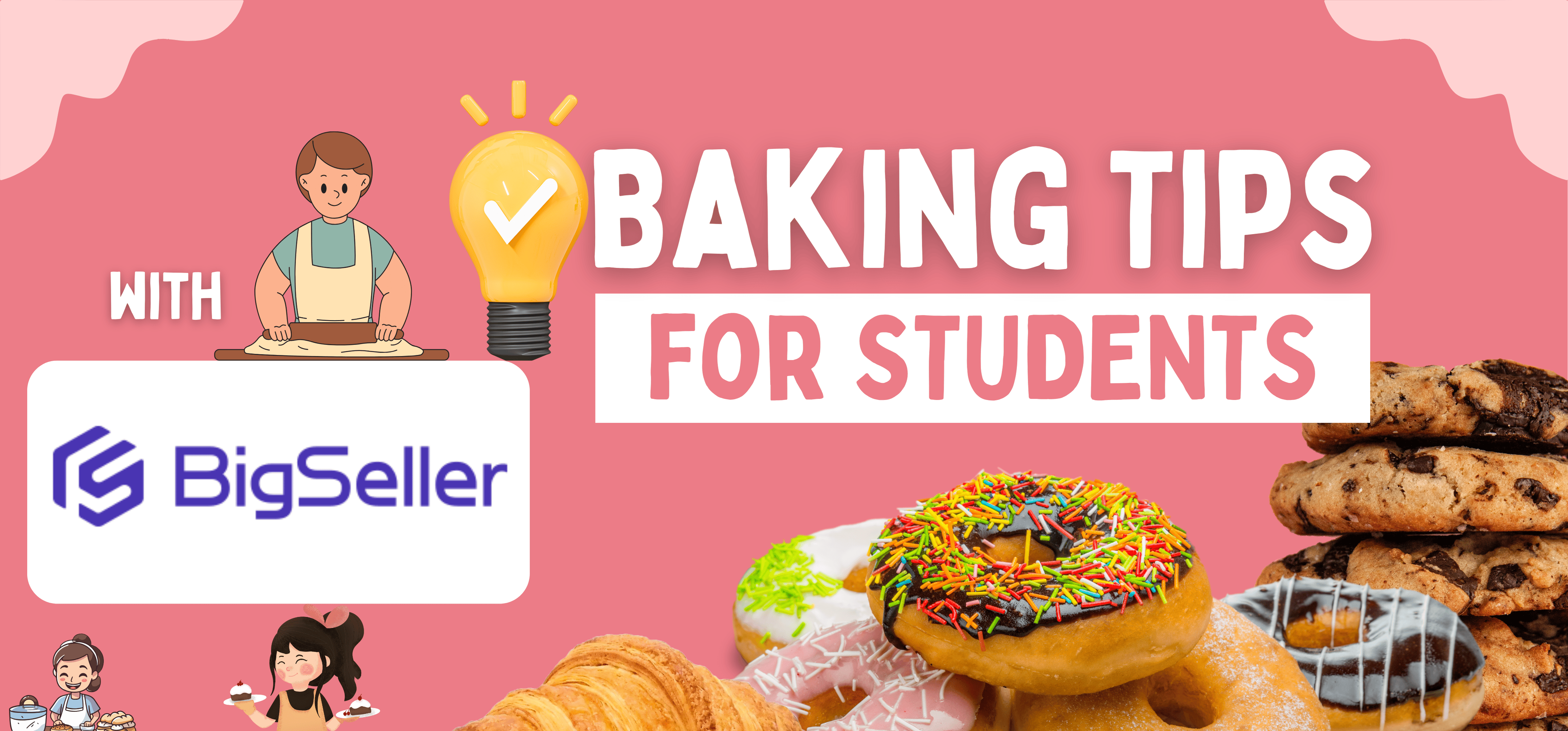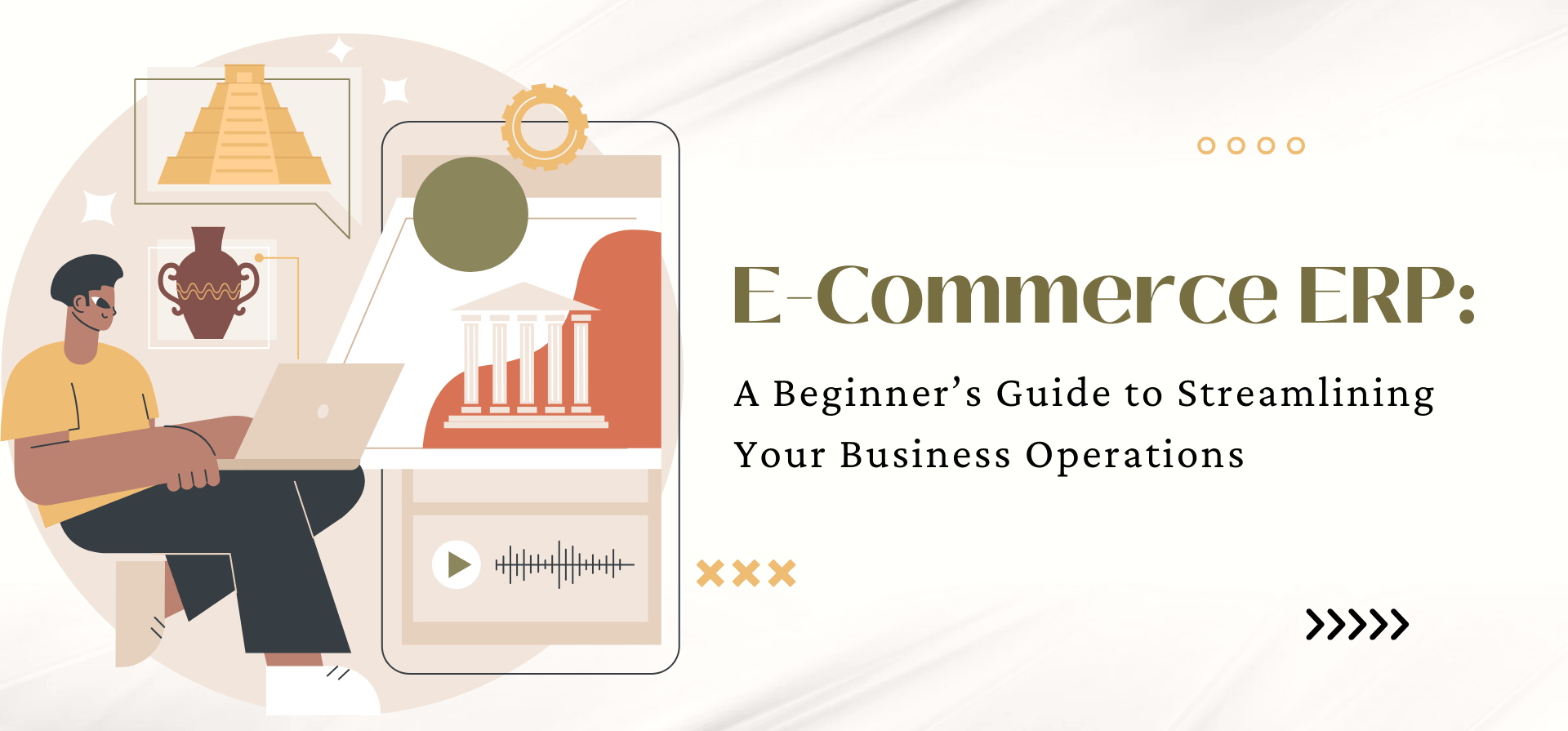Best Practices for VA Shopify Using BigSeller
Imelda 23 Dec 2024 08:45ENCopy link & title
Why It’s a Smart Choice? Best Practices for VA Shopify Using BigSeller
Scalability: As your business grows, a virtual assistant can adapt your processes to handle more orders, products, or platforms.
Cost-Effectiveness: Compared to hiring a full-time staff member, a virtual assistant is often a more affordable solution, especially for small-to-medium businesses.
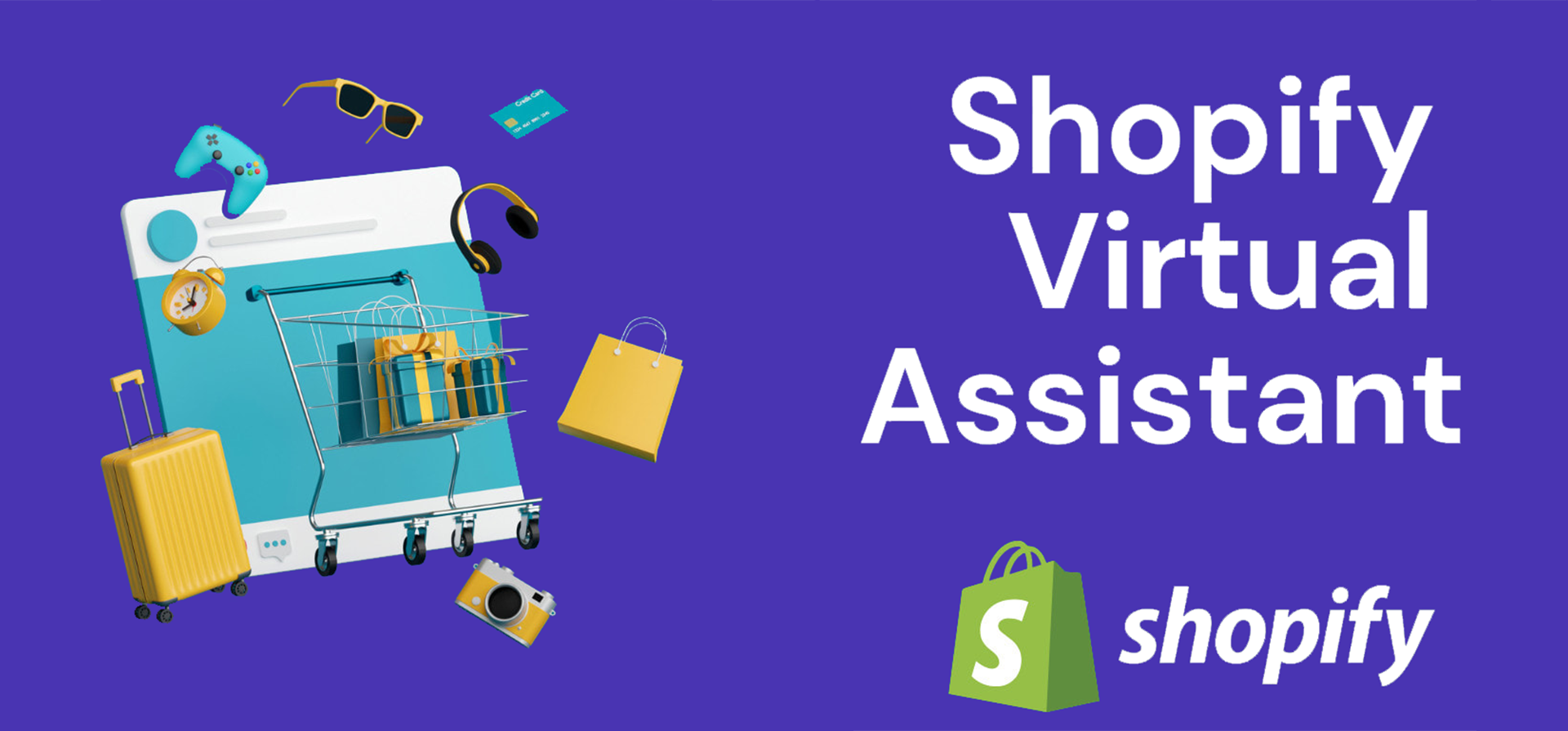
Getting a virtual assistant (VA) for your Shopify store is essential because they help you save time, reduce stress, and streamline your business operations. A VA can handle repetitive tasks like product uploads, inventory management, order processing, and customer support. They can also assist with marketing efforts like social media management and email campaigns. By delegating these tasks, you can focus on scaling your business, improving your products, and growing your sales without being bogged down by day-to-day operations.
1. Understand the Shopify Store and BigSeller Integration
-
Understand the store’s niche, target audience, products, and brand style. This helps you align your tasks with the store's objectives.
-
BigSeller offers tools for automation and inventory management. Learn how to utilize these tools to simplify tasks like managing orders, syncing products, and handling returns or exchanges.

2. Clear Communication with the Store Owner
-
Set Expectations and Goals:
Work closely with the store owner to understand their goals, expectations, and any specific preferences they have for how tasks should be executed. -
Frequent Check-ins:
Schedule regular meetings or updates to ensure both you and the store owner are aligned on the store’s objectives and progress.

3. Order Management and Fulfillment
-
Automate Where Possible:
BigSeller's integration with Shopify allows for automated order syncing. Ensure orders are processed smoothly, and inventory levels are updated automatically to avoid overselling. -
Monitor Order Status:
Regularly check the status of pending orders. BigSeller can notify you when an order is complete, and it’s essential to keep customers informed of their order’s progress.
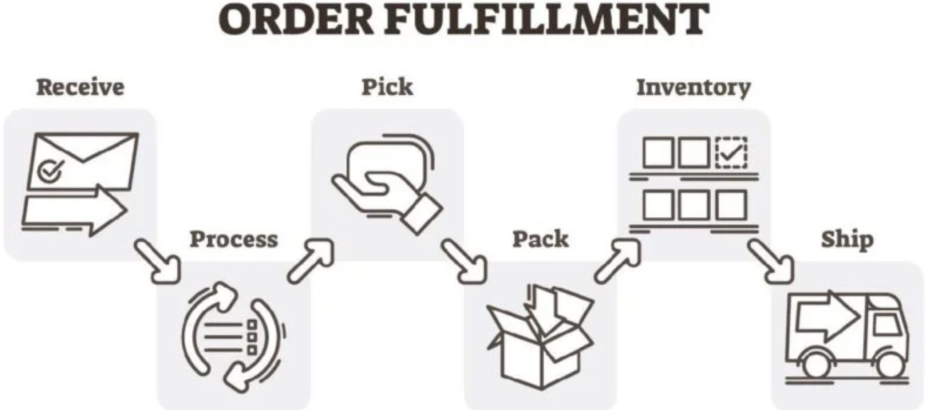
4. Data Analysis and Reporting
-
Monitor Key Metrics:
BigSeller allows you to access sales data, inventory levels, and customer behavior. Regularly analyze reports to make informed decisions about restocking, promotions, and customer engagement. -
Adjust Based on Data:
Use the insights gathered from BigSeller’s data to optimize listings, pricing strategies, and customer engagement. Adjust your approach based on performance metrics.

👉Transforming Data into Growth: Shopify VA to BigSeller with Expert Report Analysis
5. Stay Updated on Platform Changes
-
Keep Up with Updates:
Shopify and BigSeller frequently release updates. Stay informed about new features, tools, or integrations that could streamline your workflow or enhance store performance.
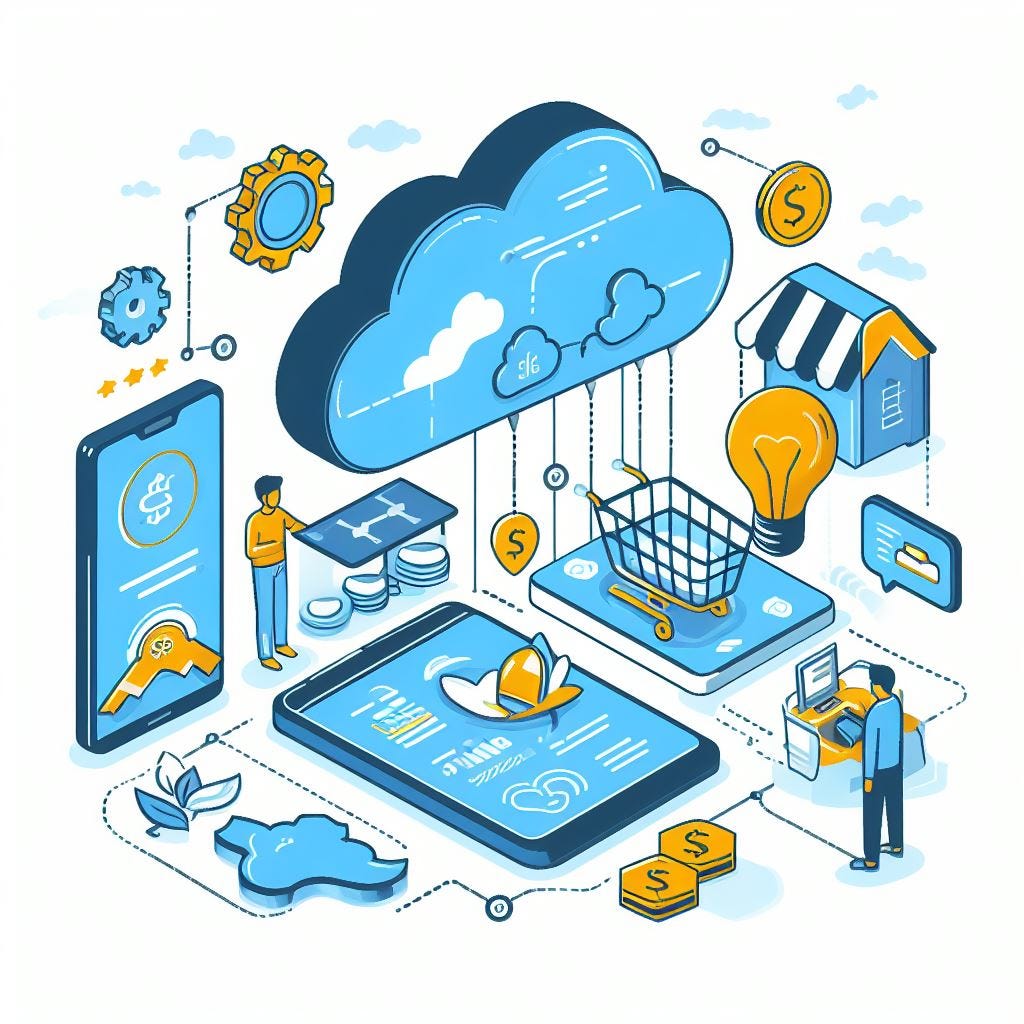
6. Product Listing and Inventory Management
-
Update Product Listings Regularly:
Use BigSeller to streamline the process of updating product details, images, and pricing. Ensure all information is accurate and up-to-date. -
Inventory Syncing:
BigSeller can help sync inventory across multiple platforms, ensuring that stock levels are accurate. Regularly check and update stock levels to prevent out-of-stock items from appearing on the store.

7. Organization and Workflow Management
-
Create a Clear Task List:
Break down your responsibilities into actionable tasks like managing product listings, fulfilling orders, customer service, and marketing. -
Use Project Management Tools:
Tools like Trello, Asana, or Monday.com can help track ongoing tasks, set deadlines, and collaborate with the store owner or other team members. -
Prioritize Tasks:
Focus on high-impact tasks first, such as order fulfillment or responding to customer inquiries, and leave less critical tasks (like updating product descriptions) for later.
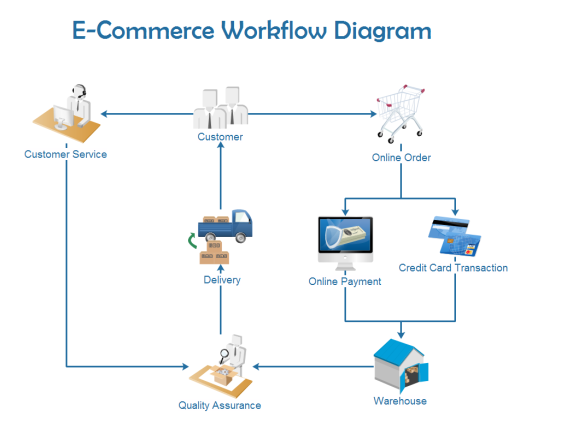
8. Customer Service Excellence
-
Respond Promptly to Inquiries:
Use Shopify’s customer service tools to respond quickly to customer messages, whether they are about shipping times, product details, or returns. -
Track Customer Feedback:
BigSeller allows you to monitor customer reviews and feedback. Address any negative reviews promptly and courteously to maintain a positive reputation.

A virtual assistant enhances the Shopify-BigSeller integration, making it not only simpler but also more efficient. This support helps your store run smoothly while you concentrate on growing strategically. For those expanding their e-commerce business or managing multiple channels, this assistance can significantly lighten the workload and boost productivity.
Adopting best practices for using BigSeller with Shopify can greatly improve virtual assistants' (VAs) efficiency and streamline store management. By automating tasks like product imports, inventory management, and order fulfillment, VAs can focus on higher-value activities such as customer service and marketing. Ensuring proper integration, training, and clear communication among VAs will lead to smoother operations, fewer mistakes, and a more scalable business model. When paired with effective practices, BigSeller’s powerful features can offer Shopify store owners a more efficient approach to e-commerce management, ultimately driving growth and enhancing productivity.


